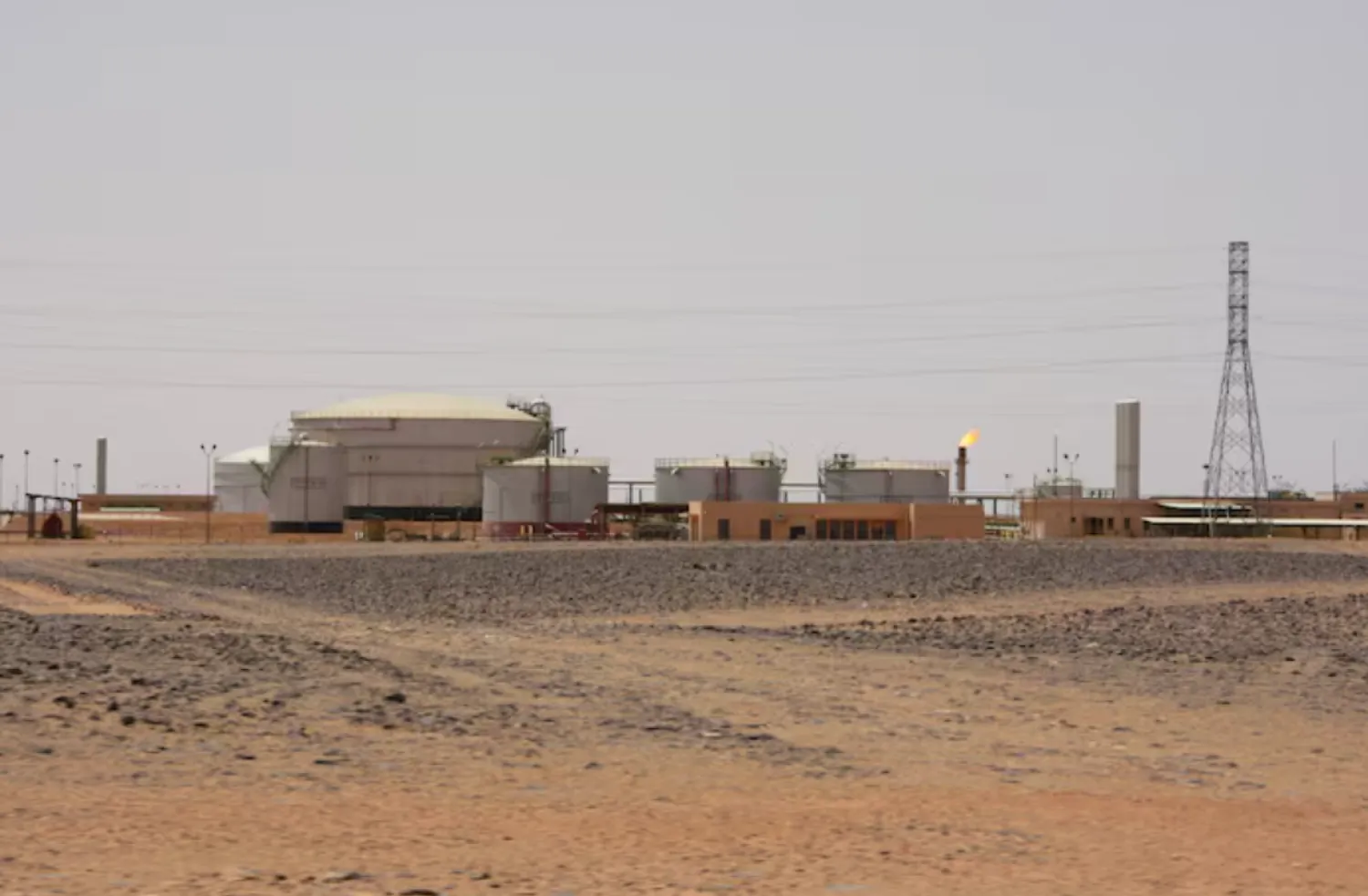US and Chinese officials meet this weekend in Geneva for their first formal talks aimed at resolving a grueling tit-for-tat tariff war that threatens hundreds of billions in trade and roiled global markets and supply chains.
AFP looks at how the trade row between the world's two economic superpowers is playing out:
What steps have the two sides taken so far?
The United States has raised tariffs on Chinese imports to 145 percent, with cumulative duties on some goods reaching a staggering 245 percent.
As well as the blanket levies, China has also been hit with sector-specific tariffs on steel, aluminium and car imports.
Sales of Chinese goods to the United States last year totaled more than $500 billion -- 16.4 percent of the country's exports, according to Beijing's customs data.
Beijing has vowed to fight the measures "to the end" and has unveiled reciprocal tariffs of up to 125 percent on imports of American goods, which totaled $143.5 billion last year, according to Washington.
China has filed complaints with the World Trade Organization (WTO), citing "bullying" tactics by the Trump administration.
And it has gone after US companies, scrapping orders for Boeing planes, probing Google for "anti-monopoly" violations and adding fashion group PVH Corp. -- which owns Tommy Hilfiger and Calvin Klein -- and biotech giant Illumina to a list of "unreliable entities".
Beijing has also restricted exports of rare earth elements -- critical for making a wide range of products including semiconductors, medical technology and consumer electronics.
- What's been the impact? -
Beijing has long drawn Trump's ire with a trade surplus with the United States that reached $295.4 billion last year, according to the US Commerce Department's Bureau of Economic Analysis.
Chinese leaders have been reluctant to disrupt that status quo.
But an intensified trade war could mean China cannot peg its hopes for strong economic growth this year on exports, which hit a record high in 2024.
US duties further threaten to harm China's fragile post-Covid economic recovery as it struggles with a debt crisis in the property sector and persistently low consumption.
The tariff war is already having an impact in the United States, with uncertainty triggering a manufacturing slump last month and officials blaming it for an unexpected economic contraction during the first three months of the year.
"Both countries have surely found out that it is not so easy to fully decouple," Teeuwe Mevissen, senior China economist at Rabobank, told AFP.
"Both the US and China lose economically with the current trade war," he said, adding that even in the case that one side gains the upper hand "it is still worse off economically than before the trade war started".
The head of the WTO warned in April that the US-China standoff could cut trade in goods between the two countries by 80 percent.
Beijing announced a raft of interest rate cuts on Wednesday aimed at boosting consumption -- a possible sign that it is starting to feel the pinch.
Analysts expect the levies to take a significant chunk out of China's gross domestic product, which Beijing's leadership have targeted to grow five percent this year.
Likely to be hit hardest are China's top exports to the United States -- this includes everything from electronics and machinery to textiles and clothing.
And because of the crucial role Chinese goods play in supplying US firms, the tariffs may also hurt American manufacturers and consumers, analysts have warned.
Is a breakthrough possible?
Both sides insist that economic pressures have driven the other to seek negotiations.
But while markets have welcomed the talks, a major breakthrough in Geneva seems unlikely.
China has insisted its position that the United States must lift tariffs first remains "unchanged" and vowed to defend its interests.
US Treasury Secretary Scott Bessent has said the meetings will focus on "de-escalation" -- and not a "big trade deal".
But analysts do expect some form of tariff reduction to be announced following Saturday's ice-breaking exercise.
"One possible outcome of the Switzerland talks is an agreement to pause most, if not all, of the tariffs that have been imposed this year while negotiations take place," Bonnie Glaser, managing director of the German Marshall Fund's Indo-Pacific program, told AFP.
Lizzi Lee from the Asia Society said she expected "a tentative, symbolic gesture -- designed to lower temperatures, not resolve core disputes".
"Stabilization and guardrails are the most likely outcomes."







